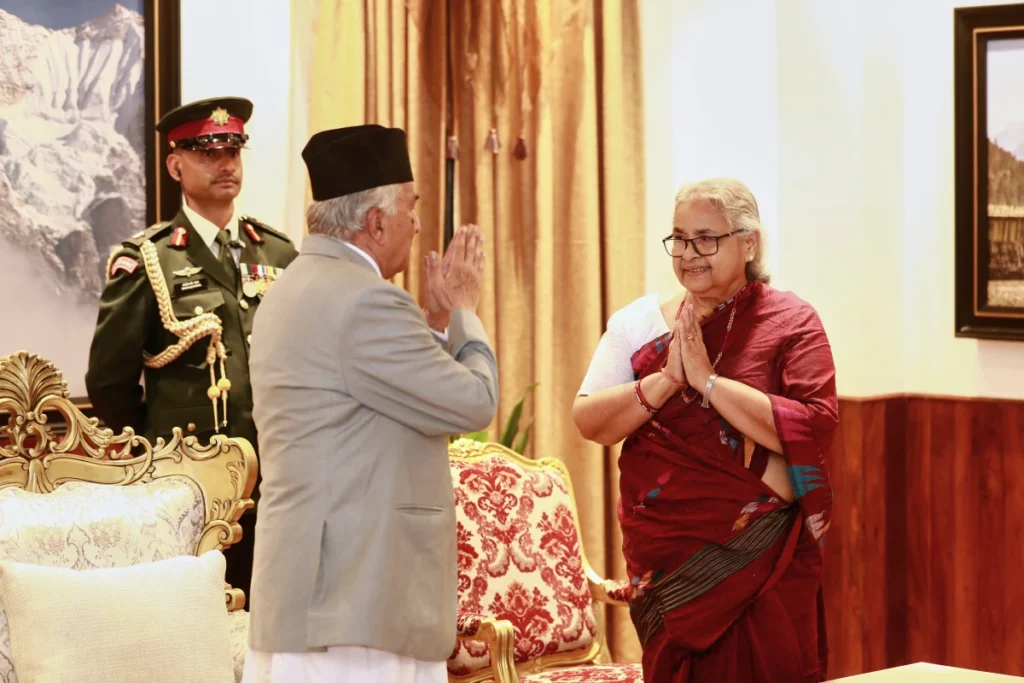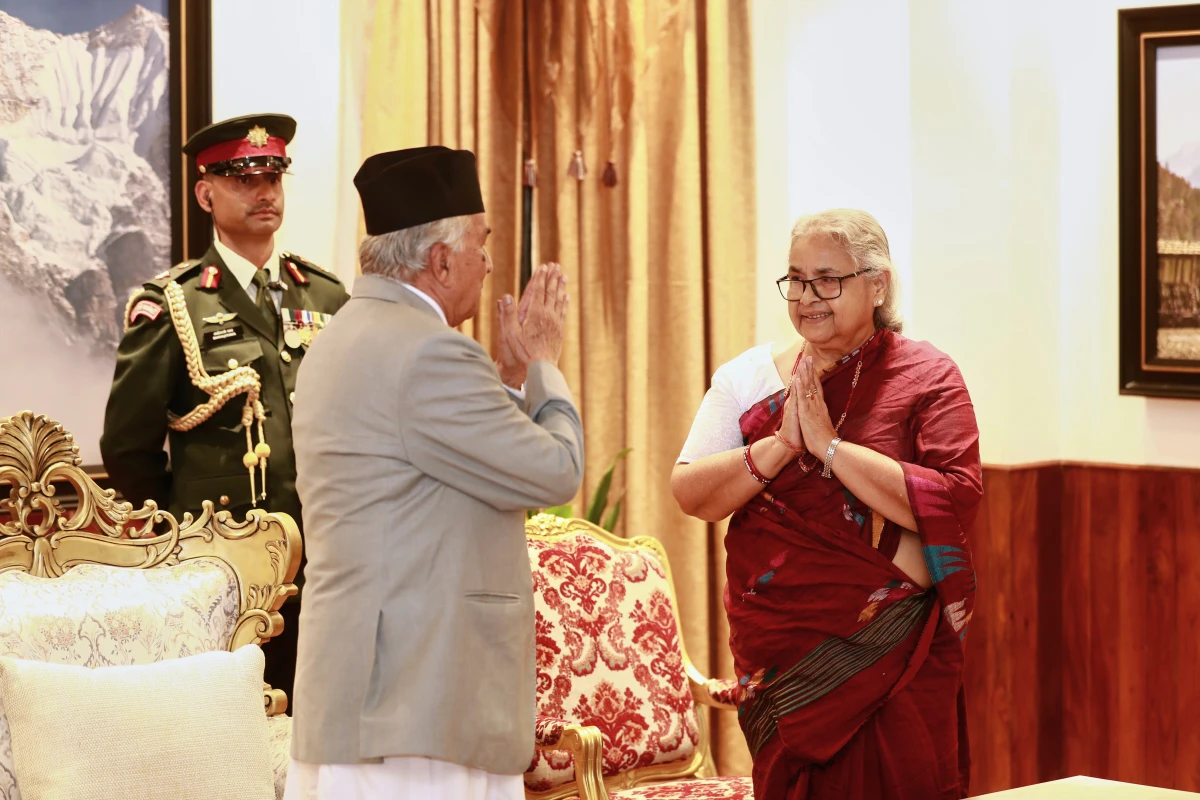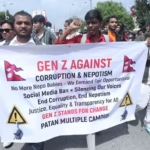Now Reading: Can Nepal Directly Appoint a Caretaker Prime Minister Like Miss Sushila Karki?
-
01
Can Nepal Directly Appoint a Caretaker Prime Minister Like Miss Sushila Karki?
Can Nepal Directly Appoint a Caretaker Prime Minister Like Miss Sushila Karki?

Nepal’s youth are demanding real change — a dissolved Parliament, a neutral caretaker prime minister, and fresh elections. The Constitution already provides a roadmap for this. By following Article 76’s steps to try and form a government first, then legally dissolving Parliament, and appointing a neutral leader like former Chief Justice Sushila Karki through national consensus, Nepal can reset its politics without breaking the law.
Many young people are calling for Parliament to be dissolved and for a neutral figure — like former Chief Justice Sushila Karki — to lead a caretaker government until elections.
Here’s how that could be done legally under Nepal’s Constitution.
Follow Article 76 Before Anything Else
Under Article 76, the President must first try to form a government from within the existing House of Representatives.
This means:
- Invite a majority party leader to form a government (if one exists).
- If no one has a majority, invite any MP who can show support from enough parties to reach a majority.
- If no majority is possible, appoint the leader of the largest party as PM (even without majority support).
- Each option must go through a confidence vote within 30 days.
Only after all these steps fail can the President dissolve Parliament and call fresh elections within six months.
If Article 76 is Skipped
Article 76 of Nepal’s Constitution is the only legal way to form a government or dissolve Parliament.
If it’s skipped:
- The President’s action can be challenged in the Supreme Court (Article 133 gives the Court power of judicial review).
- Any caretaker government may be declared invalid because it wasn’t formed through the proper constitutional process.
- Parliament dissolution can be reversed, as happened in 2021 when the Supreme Court reinstated Parliament after an unconstitutional dissolution.
- Political instability will deepen because opposition parties and civil society can claim the move is illegal.
- Military or street pressure could rise, increasing risk of unrest.
Dissolution of Parliament (Legal Precondition)
Gen Z’s demand for dissolving Parliament can be met — but only after Article 76(1)–(5) is exhausted.
If all attempts to form a government fail:
- The President can dissolve the House under Article 76(7).
- This triggers new elections to be held within six months.
- During this period, a caretaker government must manage day-to-day administration.
Choosing a Caretaker Prime Minister
Here is where Miss Karki could come in. The Constitution does not explicitly name “caretaker PM,” but it allows a Council of Ministers to continue until a new one is formed (Article 77). By political consensus, parties could recommend a neutral figure (like a respected former Chief Justice) to lead the interim government.
The process could look like this:
Step 1: Political parties sign a written agreement asking the President to appoint Miss Karki as PM during the caretaker period.
Step 2: The President appoints her under Article 76(5) (if she can show majority support of MPs) OR as head of a consensus council following dissolution (caretaker role).
Step 3: Her mandate must be limited: maintaining law & order, running daily administration, and preparing for free and fair elections.
Supreme Court’s Role
Because appointing someone who is not currently an MP can be challenged, the Supreme Court could be asked for a fast ruling confirming that such an appointment is constitutional — citing national consensus and the urgency to hold elections.
This was done in other parliamentary democracies (India, Pakistan) where neutral caretaker PMs have been appointed.
Why This Would Be Legitimate
- It respects Article 76’s sequence first — so no one can claim an unconstitutional coup.
- It uses political consensus to bring a neutral leader.
- It keeps the timeline of elections within six months, as the Constitution requires.
- It maintains civilian, democratic control and avoids direct military rule.
Simple Roadmap
- Hold elections within six months under her neutral administration.
- Exhaust Article 76 attempts to form a government.
- Dissolve Parliament legally under Article 76(7).
- National consensus agreement by major parties recommending Miss Karki.
- Presidential appointment of caretaker PM & limited council.
Conclusion
Nepal’s Constitution already gives a clear path for change — and it does not require breaking the law or bypassing Parliament. By following Article 76 step by step, exhausting all options to form a government, and then dissolving the House under Article 76(7), Nepal can legally reach new elections. Political consensus can then bring in a respected neutral figure like Miss Karki to guide the country through this transition. This approach avoids chaos, keeps democracy intact, and ensures that the next government is chosen fairly by the people.













